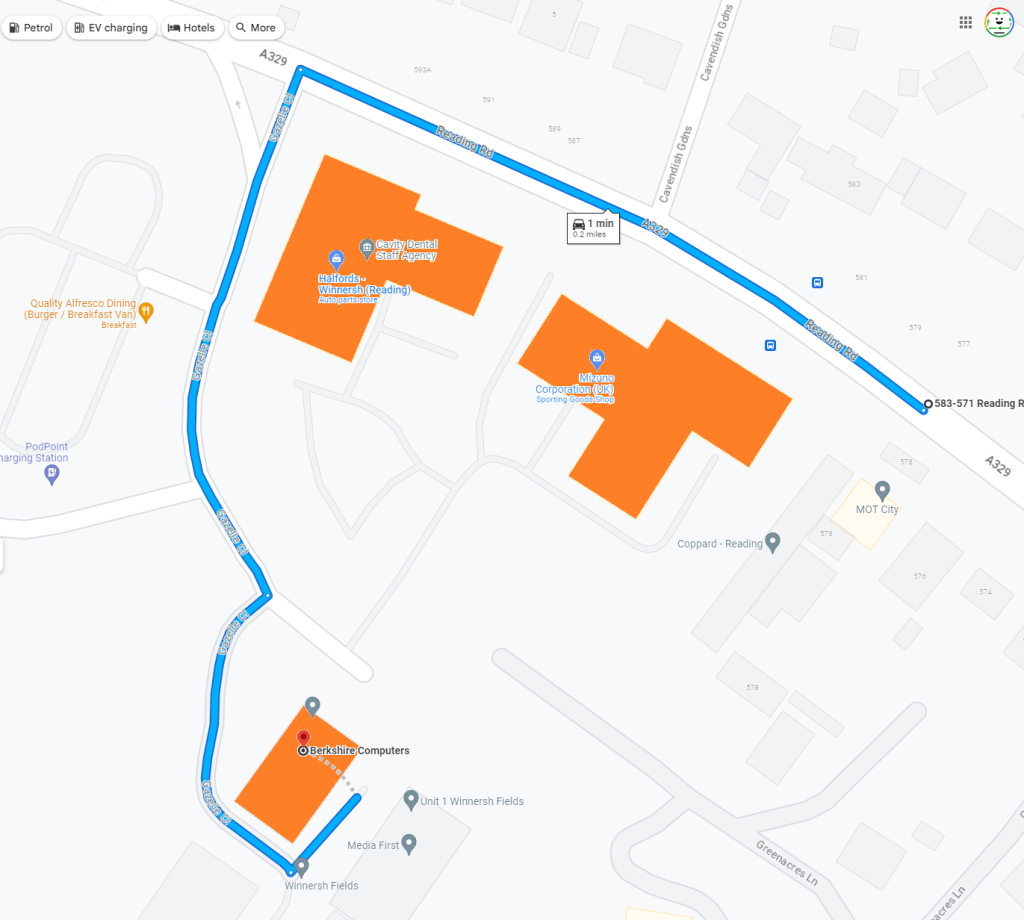Title: Troubleshooting Slow Wi-Fi: What to Do When Speed Tests Say You’re Fine
In today’s digital world, a stable internet connection is crucial for both work and leisure. However, many of us have faced the frustration of sluggish Wi-Fi speeds, even when online speed tests indicate everything is functioning within normal parameters. If you’re currently grappling with this issue, know you’re not alone.
Recently, I encountered a significant slowdown in my Wi-Fi performance, affecting multiple devices in my home, including my computer and smartphone. Tasks such as using Discord became troublesome, with frequent disconnections interrupting conversations, while applications like Voicemod seemed to take an eternity to load.
One of the most perplexing aspects of this situation was that speed tests consistently reported solid performance levels — everything seemed fine on paper, so why was my experience so poor?
It’s not uncommon for speed tests to provide an inaccurate reflection of your real-world experience. Factors such as network congestion, signal interference, and device limitations can lead to these discrepancies.
What Can You Do About It?
Here are some steps to help troubleshoot your slow Wi-Fi:
-
Check for Interference: Ensure that your router isn’t placed near devices that can cause interference, like microwaves or cordless phones. Sometimes even the placement of your router can drastically affect connection quality.
-
Examine Your Network Load: If multiple devices are connected and consuming bandwidth simultaneously, it could lead to slower speeds. Consider disconnecting some devices to see if performance improves.
-
Restart Your Router: A simple restart can resolve a myriad of issues. Power down your router, wait for a minute, and then power it back up.
-
Use a Wired Connection: If your devices allow, try connecting them directly to your router using an Ethernet cable. This often results in a more reliable and faster connection.
-
Update Your Hardware: If you’re using older equipment, consider upgrading your router or network adapter. Older models may not support the latest speeds or technologies.
-
Check for Background Applications: Sometimes, running applications may be quietly consuming bandwidth without your knowledge. Utilize your device’s task manager to identify any culprits.
-
Contact Your Internet Service Provider (ISP): If the issue persists despite trying the above solutions, don’t hesitate to reach out to your ISP for assistance. They may be experiencing outages or can provide insights specific to your connection.
It’s easy to overlook the simplest solutions,
Share this content:



